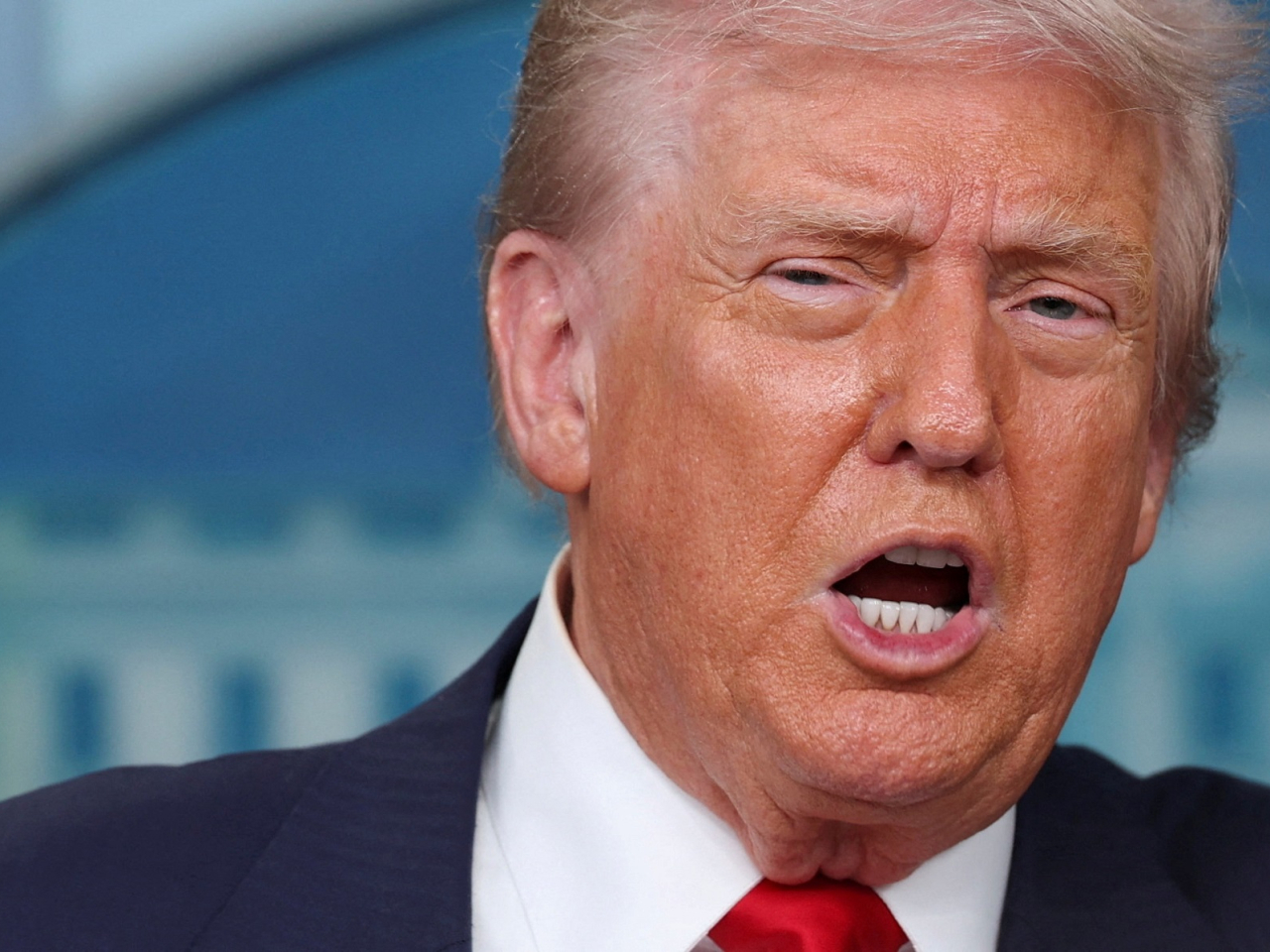China and the United States have extended a tariff truce for another 90 days, staving off triple-digit duties on each other's goods.
US President Donald Trump announced on his Truth Social platform that he had signed an executive order suspending the imposition of higher tariffs until November 10, with all other elements of the truce to remain in place.
China's Commerce Ministry issued a parallel pause on extra tariffs, also postponing for 90 days the addition of US firms it had targeted in April to trade and investment restriction lists.
"The United States continues to have discussions with the [People’s Republic of China] to address the lack of trade reciprocity in our economic relationship and our resulting national and economic security concerns," Trump's executive order stated.
"Through these discussions, the PRC continues to take significant steps toward remedying non-reciprocal trade arrangements and addressing the concerns of the United States relating to economic and national security matters."
The tariff truce between Beijing and Washington had been due to expire on Tuesday.
The extension until early November buys crucial time for the seasonal autumn surge of Chinese exports to the US for the Christmas season, including electronics, apparel and toys at lower tariff rates.
The new order prevents US tariffs on Chinese goods from shooting up to 145 percent, while Chinese tariffs on US goods were set to hit 125 percent – rates that would have resulted in a virtual trade embargo between the two countries.
It locks in place – at least for now – a 30 percent US tariff on Chinese imports, with Chinese duties on US imports at 10 percent.
"We'll see what happens," Trump told a news conference earlier on Monday, highlighting what he called his good relationship with President Xi Jinping.
China said the extension was "a measure to further implement the important consensus reached by the two heads of state during their June 5 call," and would provide stability to the global economy.
"It's positive news," said Wendy Cutler, a former senior US trade official who is now a vice president at the Asia Society Policy Institute.
"Combined with some of the de-escalatory steps both the United States and China have taken in recent weeks, it demonstrated that both sides are trying to see if they can reach some kind of a deal that would lay the groundwork for a Xi-Trump meeting this fall."
The two sides in May announced a truce in their trade dispute after talks in Geneva, Switzerland, agreeing to a 90-day period to allow further talks.
They met again in Stockholm, Sweden, in late July, and US negotiators returned to Washington with a recommendation that Trump extend the deadline.
US Treasury Secretary Scott Bessent has said repeatedly that the triple-digit import duties both sides slapped on each other's goods in the spring were untenable and had essentially imposed a trade embargo between the world's two largest economies.
"It wouldn’t be a Trump-style negotiation if it didn’t go right down to the wire," said Kelly Ann Shaw, a senior White House trade official during Trump's first term and now with law firm Akin Gump Strauss Hauer & Feld.
Trump pushed for additional concessions on Sunday, urging China to quadruple its soybean purchases, although analysts questioned the feasibility of any such deal. Trump did not repeat the demand on Monday. (Reuters)
_____________________________
Last updated: 2025-08-12 HKT 10:05





